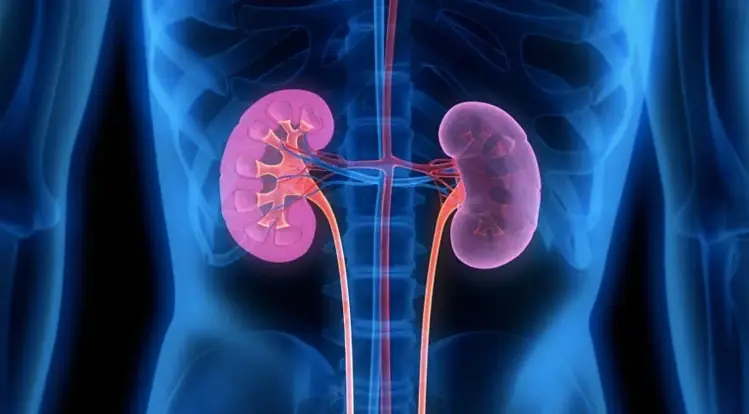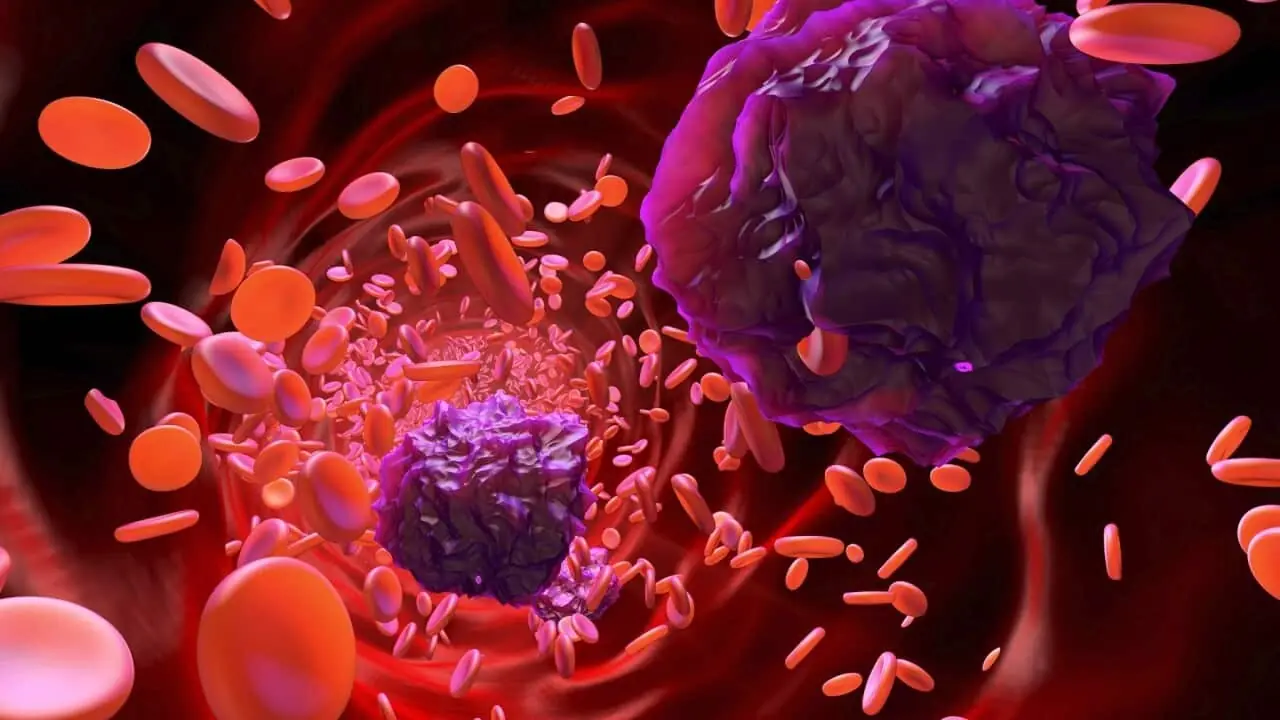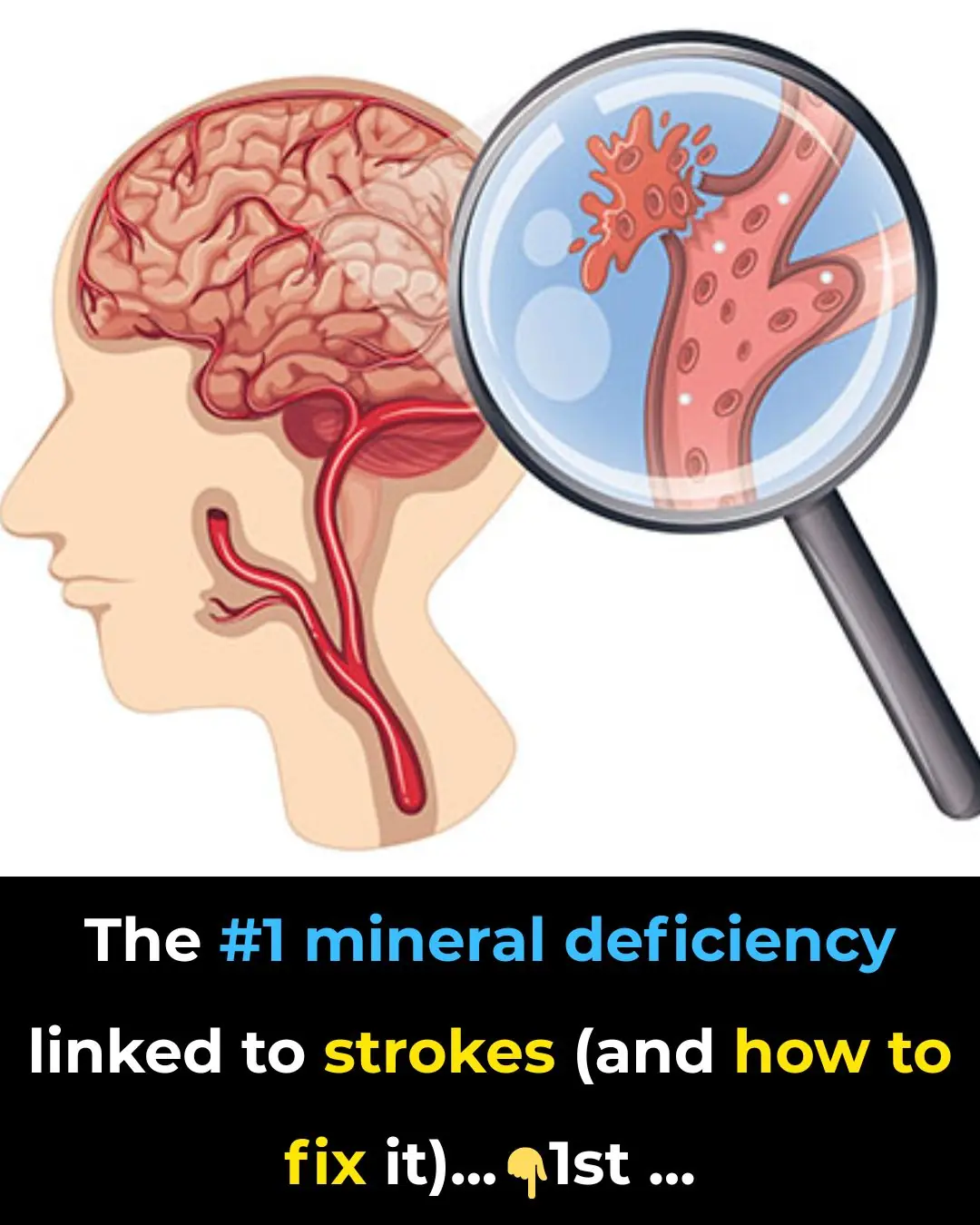
What Your Feet Can Reveal About Your Blood Pressure, Thyroid And Arthritis Risk

Did you know your feet can reveal valuable clues about your overall health? In fact, an entire practice known as reflexology is based on the principle that different areas of the feet correspond to specific organs and systems in the body.
When your feet show changes in color, texture, temperature, or sensation, it may be your body’s way of signaling deeper health concerns. So the next time you kick off your shoes, take a moment to really look at your feet — they might be telling you more than you expect.
1. Cold Feet
Consistently cold feet can indicate more than just chilly weather. One common cause is hypothyroidism — an underactive thyroid gland that slows metabolism and affects body temperature regulation. Poor blood circulation, often linked to heart disease or peripheral artery disease, can also lead to cold, pale toes.
If your feet remain cold even in warm environments, it’s worth discussing with your doctor to rule out circulatory or thyroid issues.
2. Numb or Tingling Feet
We’ve all had our feet “fall asleep,” but if the numbness or tingling becomes chronic, it could be a sign of peripheral neuropathy — nerve damage that affects sensation in the extremities.
This condition is often caused by diabetes, excessive alcohol consumption, or vitamin deficiencies. Persistent numbness should never be ignored, as it increases your risk of foot injuries and infections. A medical checkup and early treatment can help prevent long-term damage.
3. Red, White, or Blue Toes and Feet
Color changes in your feet or toes are not something to take lightly. If your toes turn white, then blue, and finally red, it may indicate Raynaud’s disease, a disorder that causes blood vessels to narrow in response to cold or stress.
This reduces blood flow and oxygen to your extremities, leading to color shifts and discomfort. If you notice these symptoms, consult your physician to rule out underlying autoimmune or vascular conditions.
4. Frequent Foot Cramps
Occasional cramps are normal, especially after intense exercise or dehydration. But recurrent foot cramps may point to electrolyte imbalances, particularly low levels of potassium, magnesium, or calcium.
Try stretching your feet before bed, staying hydrated, and eating foods rich in these minerals — such as bananas, leafy greens, yogurt, and nuts. If cramps persist despite lifestyle changes, seek medical advice to rule out circulatory or nerve issues.
5. Dry, Scaly Skin
Mild dryness is common, especially during cold months, but excessively dry or scaly feet could mean a fungal infection, such as Athlete’s foot. The condition often begins as itchiness or peeling skin between the toes and can progress to painful cracking or blistering.
Treat early with antifungal creams or natural remedies like tea tree oil or grapefruit seed extract. Keep your feet clean, dry, and well-ventilated — and avoid walking barefoot in public places like gyms or pools, as Athlete’s foot is highly contagious.
6. Thick, Yellow Toenails
If your toenails become thick, yellow, and brittle, you may be dealing with a fungal nail infection (onychomycosis). This condition is particularly common among people with diabetes, rheumatoid arthritis, or weakened immune systems.
Treatment options range from topical antifungal creams to oral medications. For best results, keep your feet dry, trim your nails regularly, and wear breathable shoes.
7. Pitted or Dented Toenails
Small pits or depressions in your toenails may be a sign of psoriasis, a chronic autoimmune condition that affects both the skin and nails. About half of people with psoriasis will experience nail changes.
Other causes can include eczema or reactive arthritis. If you notice pitting, discuss it with your dermatologist — early intervention can help prevent further damage.
8. Swollen or Enlarging Big Toe
If your big toe suddenly becomes swollen, red, or painful, it could indicate gout, a form of arthritis caused by high levels of uric acid in the blood. The uric acid crystallizes in joints — particularly in the big toe — where temperatures are slightly cooler.
Gout flare-ups can be extremely painful. Treatment typically involves anti-inflammatory medications and dietary changes such as reducing red meat, shellfish, and alcohol consumption.
9. Sore Toe Joints
Frequent or chronic pain in the toe joints may be a warning sign of rheumatoid arthritis (RA), an autoimmune disease that causes inflammation in the joints.
Early symptoms often appear in smaller joints — fingers, wrists, and toes — and can cause swelling, warmth, and stiffness. Left untreated, RA can lead to permanent joint damage, so it’s crucial to consult a healthcare professional if symptoms persist.
10. Cuts or Sores That Don’t Heal
This is one of the most serious signs to watch for. Open wounds or ulcers on the feet that don’t heal can be an early indicator of diabetes-related nerve damage (diabetic neuropathy) or poor circulation.
When blood sugar levels stay high for extended periods, they damage the nerves and blood vessels in the feet. As a result, minor injuries can go unnoticed and quickly become infected. Regular foot checks and good blood sugar management are essential to prevent complications — including the risk of amputation.
11. Spoon-Shaped Toenails
Toenails that curve upward or appear concave (spoon-shaped) may indicate iron-deficiency anemia or a condition known as Koilonychia. The nail changes occur because the body lacks enough iron to produce healthy red blood cells.
If you notice this unusual shape, schedule a blood test. Increasing your intake of iron-rich foods like spinach, lentils, or red meat — or taking supplements under medical supervision — can often correct the issue.
12. Sharp Heel Pain
If you experience stabbing pain in your heel, particularly in the morning or after standing for long periods, you may be suffering from plantar fasciitis. This condition involves inflammation of the thick ligament (plantar fascia) that connects your heel bone to your toes.
More than 3 million people in the U.S. deal with plantar fasciitis each year. The pain typically worsens during the day and can make walking uncomfortable. Rest, ice therapy, supportive shoes, and gentle stretching exercises (especially calf and toe stretches) can speed recovery. In persistent cases, your doctor may recommend physical therapy or orthotic inserts.
👣 Final Thoughts
Your feet do far more than support your body — they often act as early warning signs of deeper health issues. From thyroid imbalances and poor circulation to diabetes and autoimmune conditions, changes in your feet can reveal vital information about your well-being.
Taking a few minutes each day to inspect your feet can help you spot potential problems before they become serious. Keep your feet clean and moisturized, wear comfortable shoes, and never ignore persistent pain, discoloration, or wounds that won’t heal.
Your feet carry you through life — so listen when they’re trying to tell you something.
News in the same category


5 Signs of Kidney Failure That, If Ignored, Could Lead to a Lifetime of Dialysis

Is Cancer Hereditary? Useful Advice to Prevent the Growth of Cancer Cells

4 types of people who should avoid eating cucumbers

10 Warning Signs It’s Time to Cut Back on Caffeine

Legs Feeling Weak? These 3 Drinks Can Bring Back Your Strength

Mix These 3 Before Bed — They Help Heal Your Arteries While You Sleep

Stop Sleeping Like This — It’s Ruining Your Spine!

Eat Celery Regularly for a Healthier Digestive System and Lower Blood Sugar Levels

Stop Throwing Away Avocado Seeds: They’re Potent Cancer Fighters!

Why You Should Drink THIS Warm Turmeric Water In The Morning

Does The Inside Of Your Ear Itch

The #1 mineral deficiency linked to strokes (and how to fix it)

Top 8 vitamins that boost testosterone

Is Broccoli Better Than Cauliflower? The Real Truth About Cancer Risk, Heart Health and More

Eat 3 dates daily and these 6 things will happen to your body!

What Your Belly Is Trying to Tell You

Can Onion Juice Gently Support Eye Health? A Natural Tip to Try

Bed Bugs Hate This! How Diatomaceous Earth and Cloves Can Wipe Them Out
News Post

10 fridge habits you’re doing wrong

A 3-Year-Old Girl Bit a Thermometer and Swallowed Mercury: A Mother’s Smart Reaction Saved Her Daughter’s Life and Earned the Doctor’s Praise

5 Signs of Kidney Failure That, If Ignored, Could Lead to a Lifetime of Dialysis

Is Cancer Hereditary? Useful Advice to Prevent the Growth of Cancer Cells

4 types of people who should avoid eating cucumbers

10 Warning Signs It’s Time to Cut Back on Caffeine

Scientists Reveal Interoception, the Amazing Sixth Sense of Humans

Stop throwing out old hoses. Here are 10 brilliant hacks to use them around the house

Shaun Wallace’s heartbreak over tragic family death: ‘I watched him physically degenerate’

EXCLUSIVE: Kerry Katona 'upset' over 'selfish' Katie Price as cracks show in friendship

You’re doing it all wrong. Here’s the right way to clean air vents

Big Brother fans fume ‘she can't get away with this’ as they slam housemate

My nana taught me this hack to get rid of lawn burn from dog pee in 5 mins with 0 work. Here’s how it works

You're doing it all wrong. Here’s the right way to store milk and dairy

You are doing it all wrong. Here's the right way to clean mirrors

Most do this wrong. 10 leftovers you’re storing wrong

Delicious and crispy onion salt, you can keep it all year round without worrying about scum, just make it this way, whoever eats it will remember it forever

You are doing it all wrong. Here's the right way to store cleaning supplies

My nana taught me this hack to whiten yellow pillows in 5 mins with 0 work. Here’s how it works
